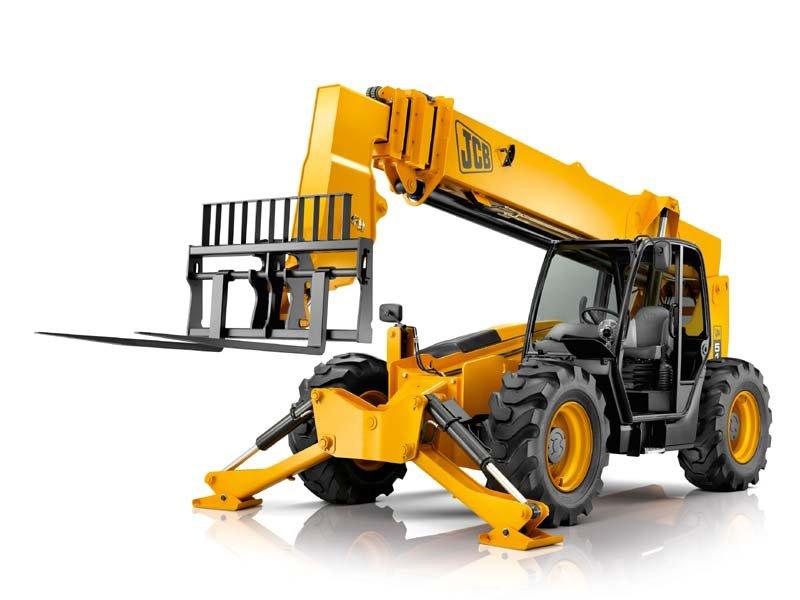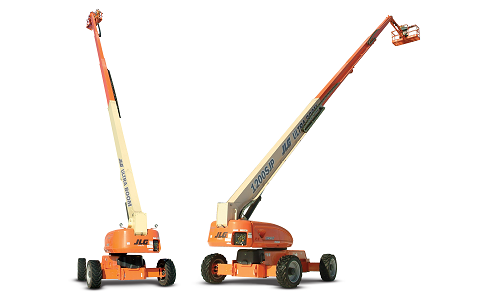Maximize Your Budget Plan by Understanding the Prices Connected With Building Tools Rentals
Recognizing the full range of prices connected with building tools leasings is essential for maximizing your budget. What approaches can be employed to efficiently handle these prices and guarantee a more efficient rental experience?
Introduction of Rental Costs
When considering construction equipment leasings, understanding the linked expenses is vital for effective budgeting and project planning. Rental costs can vary dramatically based on several elements, consisting of equipment type, period of rental, and place. The first rental fee often shows the equipment's market demand and its associated functional capabilities, influencing the overall cost.
In enhancement to the base rental price, supplementary expenses might occur, such as transportation costs, fuel surcharges, and upkeep fees. It is vital to represent these added expenses to properly evaluate the total cost of leasing equipment. The rental period can affect rates; longer services might qualify for discounted prices, while short-term services could incur greater daily costs.

Failure of Rental Prices
A comprehensive understanding of rental prices is essential for specialists and project supervisors aiming to maximize their spending plans. Rental rates for construction tools usually contain numerous elements, including base rates, time-based costs, and use charges.
Base prices are the core fees linked with the leasing of the tools, commonly established by the kind and size of the machinery. These prices can differ considerably, affected by aspects such as devices demand, accessibility, and regional market patterns. Time-based fees, which might be daily, weekly, or monthly, serve to suit various project timelines and rental durations.
Additionally, rental prices might consist of use fees, which are applicable when equipment is utilized beyond a defined limit, making sure that the rental company can represent damage. Seasonal need variations can additionally affect rental rates, with peak building and construction periods typically commanding greater costs.
Additionally, recognizing the rental firm's policies concerning maintenance and insurance coverage can supply more insight into the total expense structure. By examining these parts, professionals can make educated decisions, guaranteeing the choice of rental tools aligns with both job demands and budget plan constraints.
Extra Charges to Consider
Comprehending the intricacies of extra fees is essential for specialists to manage their overall rental costs properly. Past the basic rental rates, various supplementary costs can substantially influence the total price of equipment leasing. These charges commonly consist of delivery and pickup fees, which can differ based upon distance and logistics entailed in carrying the tools to and from the task website.
Moreover, some rental business might impose gas additional charges if the devices is returned with much less fuel than when rented. It is also important to know prospective cleaning costs, particularly for specific equipment that needs detailed maintenance after use.

Completely evaluating the rental contract and clearing up these additional charges in advance can help service providers prevent unexpected expenses and make certain that budget plans remain undamaged throughout the project lifecycle.
Repair And Maintenance Expenditures
Routine upkeep and repair costs are typically overlooked aspects that can considerably affect the general price of building tools rentals. When leasing equipment, it is vital to think about not just the rental fees however additionally the potential prices associated with maintaining the equipment in optimal operating condition.
Lots of rental companies include standard maintenance as part of the rental contract; my company nonetheless, a lot more comprehensive repair services or unexpected break downs can lead to extra costs. It's necessary to evaluate the rental contract very carefully to understand what maintenance services are covered and what duties drop on the renter.
Additionally, equipment that is not well-maintained can result in ineffectiveness at work website, possibly creating hold-ups and enhancing project expenses. To reduce these threats, it is advisable to conduct regular evaluations and maintain open communication with the rental copyright concerning any issues that occur during use.
Insurance and Liability Prices
Insurance and obligation costs are crucial parts that can dramatically influence the general expense of construction equipment leasings (scissor lift rental). These expenses guarantee that both the rental company and the customer are secured from potential financial losses emerging from mishaps, damage, or burglary during the rental period

Additionally, customers must recognize any kind of deductibles or exclusions in the insurance plan, as these can impact potential out-of-pocket expenditures. Comprehending special info the terms and conditions of any type of insurance policy coverage is crucial to avoid unforeseen costs. Eventually, budgeting for insurance and obligation expenditures can help make sure a smoother rental experience and shield against economic risks connected with building and construction projects.
Final Thought
Finally, an extensive understanding of the prices associated with construction devices leasings is essential for effective spending plan administration. By evaluating rental prices, additional costs, upkeep expenditures, and insurance companies, people and needs can decrease unexpected expenses. This calculated strategy not just boosts cost-effectiveness yet additionally ensures that projects progress smoothly and efficiently. Ultimately, informed decision-making relating to equipment rentals contributes to the overall success of construction endeavors.
Rental expenses can vary significantly based on numerous aspects, including equipment kind, duration of rental, and area (mini excavator rental). The rental period can impact prices; longer leasings might qualify for discounted prices, while short-term rentals could incur greater daily costs
By conducting extensive research and involving with credible rental companies, service providers can successfully navigate the intricacies of rental pricing, inevitably maximizing their economic resources.
Past the common rental prices, numerous extra fees can significantly influence the complete expense of tools rental. Rental business frequently offer obligation insurance coverage that covers injuries to third celebrations or damage to home, while equipment damages insurance coverage can cover the price of repairs or replacement if the leased tools is damaged.